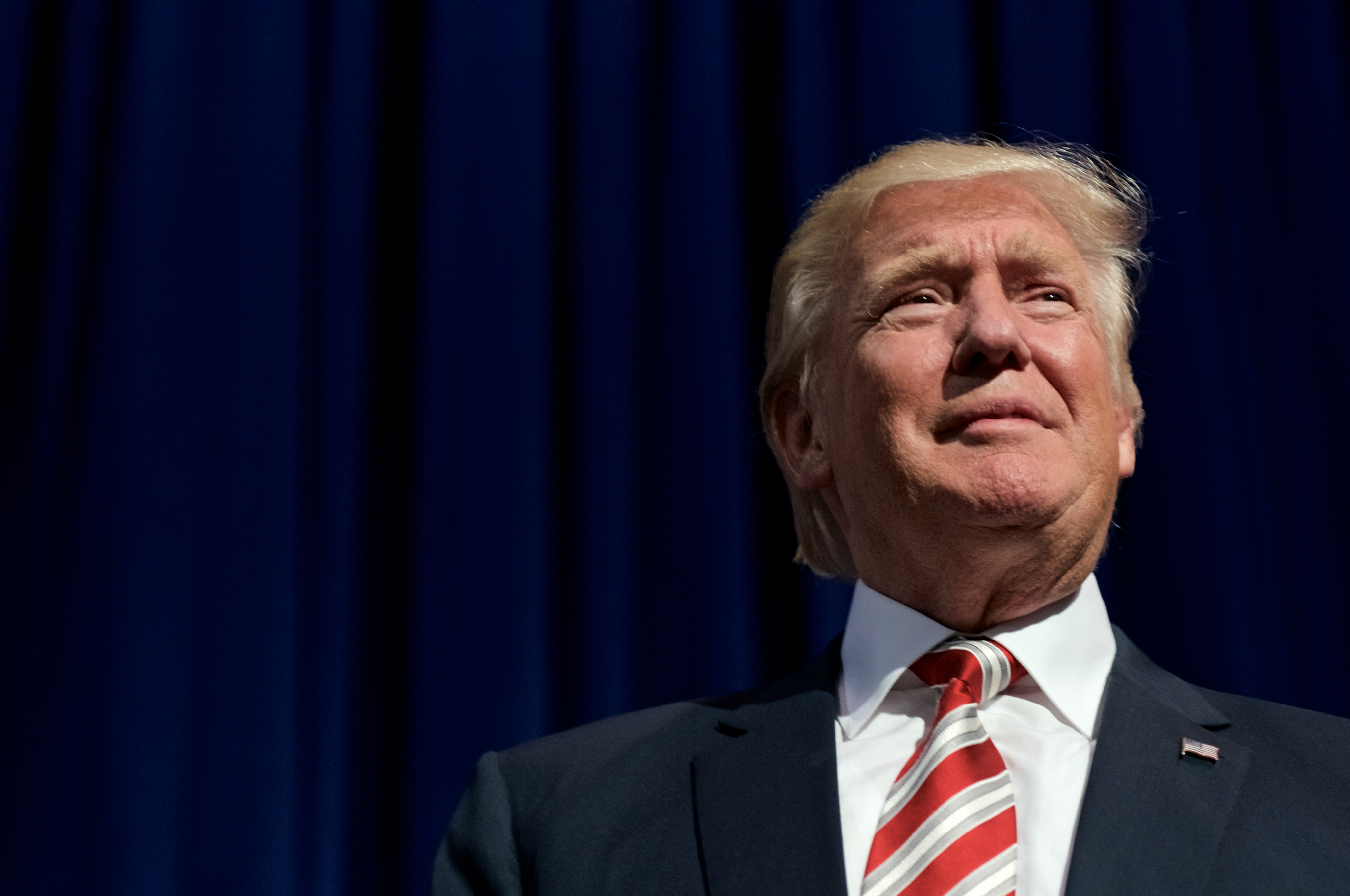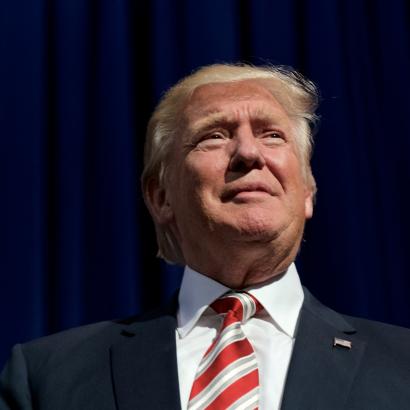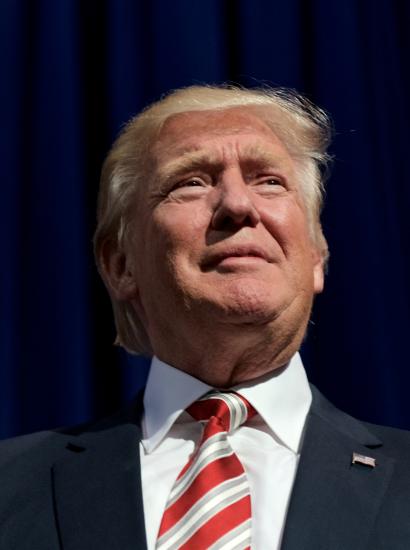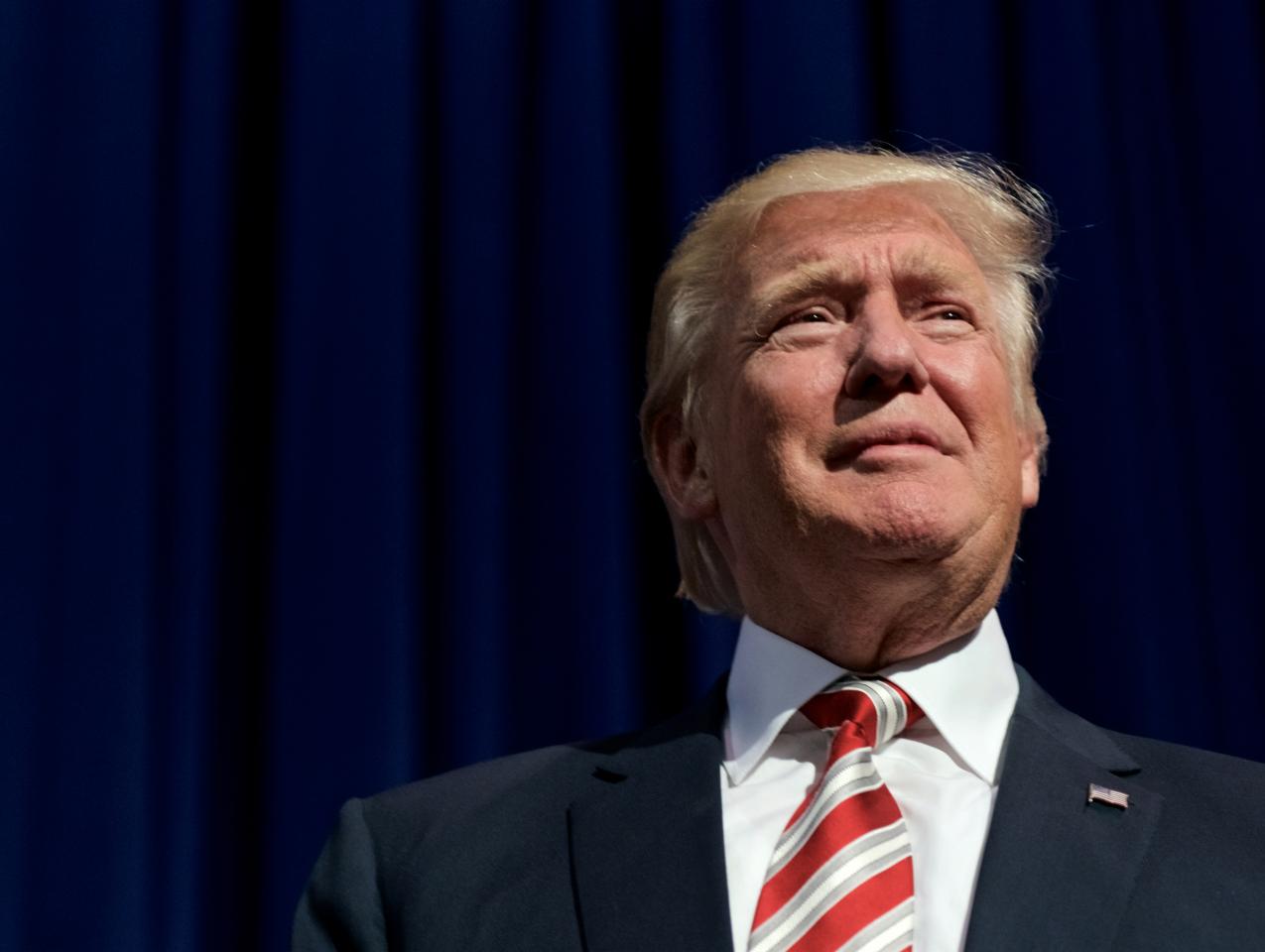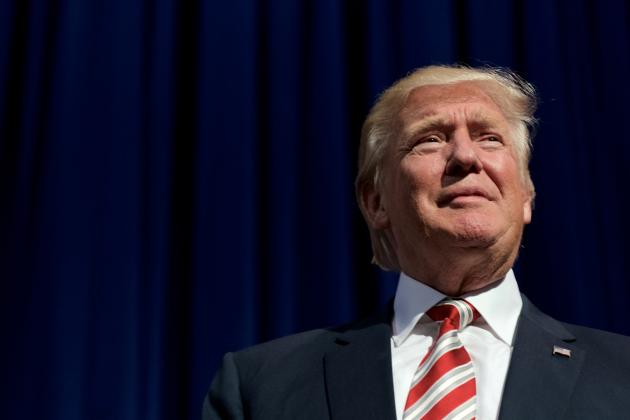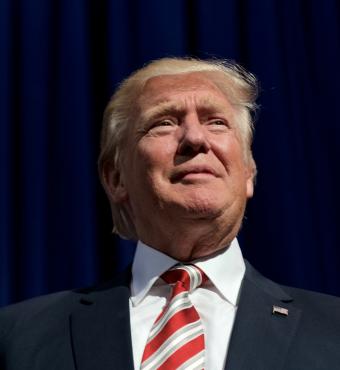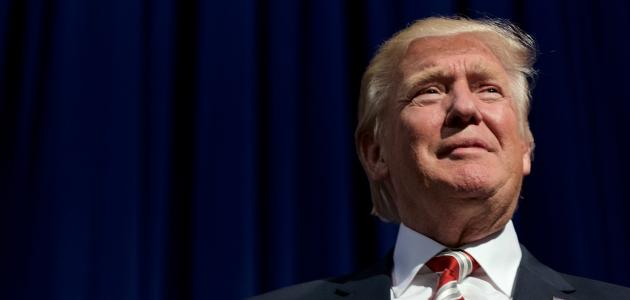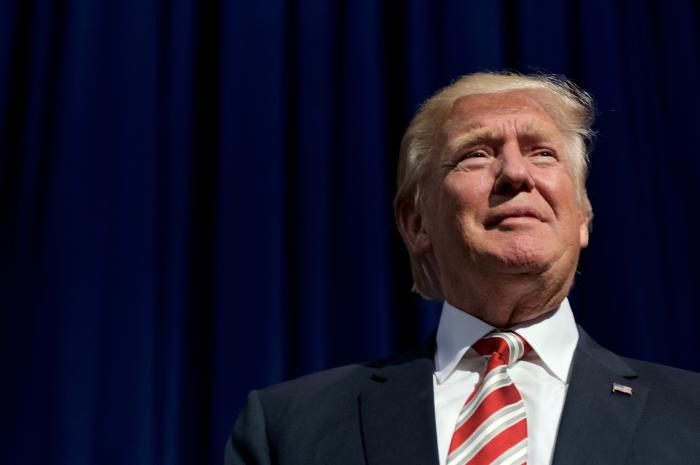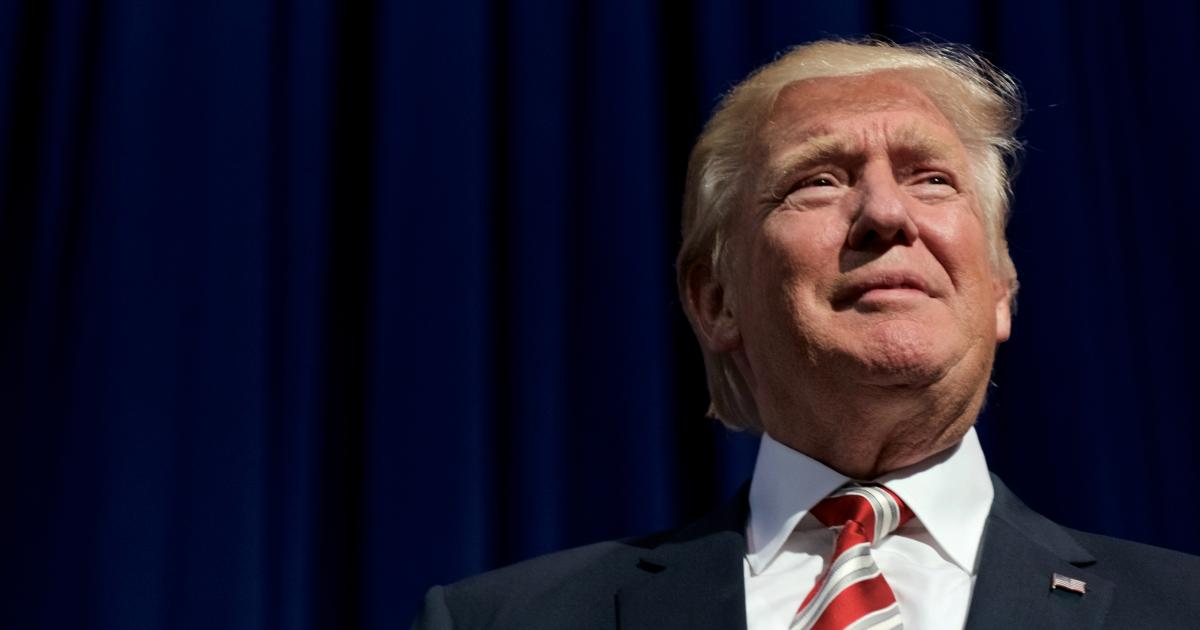- Politics, Institutions, and Public Opinion
- Campaigns & Elections
A funny thing happens in my world when President Trump makes a trip to California, which he did last week.
First, if the visit includes a stop in the San Francisco Bay Area, reporters will ask me if I know the location of the presidential fundraiser. (As was also true in the Obama and Bush 43 presidencies, campaign cash is the main reason for Air Force One touching down on California soil.)
Second, reporters will want to know the significance of Trump’s time in California, other than financial gain: Does he want to be on friendlier terms with the state’s Democratic leadership? Will California be in play in 2020 as a contested state?
Needless to say, these tend to be brief conversations. I don’t give away people’s home addresses—not in an age when political discourse is polluted by the likes of blacklisting, protests, and Internet shaming.
Moreover, despite this most recent visit (the president dropped by the Bay Area, Los Angeles, and San Diego regions), nothing really changed. Trump still needs California as a political foil; California Democrats still relish Trump as their piñata—this is especially true for Gov. Gavin Newsom, who’s not seeking the presidency in 2020 but clearly wants to have a visible role in national politics in this, his first year as California’s elected leader.
For a brief moment earlier this month, it seemed as if that dynamic of mutual antagonism might change—or at least be placed on pause. Trump made a surprising move, saying he’d direct the federal Food and Drug Administration to pull flavored vaping products and e-cigarettes from store shelves. To which Newsom tweeted: “Thank you, @realDonaldTrump. Flavors that clearly target young people — like bubble gum and mango — do not belong on our shelves. They should absolutely be banned.”
Followed by this dig: “Now, let’s take action on other serious public health crises like gun violence and climate change.”
That tweet was posted on September 11 (so much for a time-out from politics on that solemn day). In the two weeks since, Newsom has gone after Trump on auto emission standards, budgeting, environmental stewardship, and clean water standards.
And Trump?
He didn’t leave his heart in San Francisco, but he did pass along a “love note” of sorts—the threat of the Environmental Protection Agency slapping San Francisco with a violation notice related to pollution associated with the city’s homeless population.
The same goes for HUD secretary Ben Carson, who reportedly made derisive comments about transgender people during a California visit that coincided with Trump’s.
Now, to the question of the importance of this dysfunctional relationship.
The latest presidential visit doesn’t matter much in the California scheme of things. Trump lost the Golden State by nearly 4.27 million votes in November 2016. Apply the same results to next year’s election—but take away every vote Hillary Clinton received in Los Angeles, Orange, and San Diego Counties—and Trump still loses California by roughly 460,000 votes.
But the state that’s so far out of his grasp does offer Trump instant gratification in its role as a political nemesis.
American presidents seeking re-election thrive on foils—more so in this age of divisiveness and over-the-top partisan outrage. In 2000, Bill Clinton played up the perceived menace of Newt Gingrich as a threat to the public safety net—in effect, making the former House Speaker Gingrich into Bob Dole’s running mate. In 2004, George W. Bush had Osama bin Laden and the gift of a target-rich John Kerry. In 2012, the pro-Obama progressive attack machine did its best to convince the electorate that Mitt Romney and Paul Ryan were heartless souls (remember the wheelchair ad?).
In 2020, California may provide such a service to Trump—not scaring voters straight, mind you, but scaring voters his way. In fact, there was a preview of this in the 2018 midterm election with Texas governor Greg Abbott coining the phrase “Don’t California My Texas.” Which Abbott’s campaign converted into this fundraising appeal: “The liberal frontrunner for Texas governor has been fundraising in California, where far-left policies are welcomed with open arms. By traveling to one of the bluest states in the nation, this far-left candidate is going to raise massive amounts of funds from California liberals with deep pockets—and this fundraising haul will be spent to bring liberal, California-style policies to Texas.”
Would Trump be as overt in using California as cannon fodder a year from now? Sure, why not, since he’s been doing it pretty much since the beginning of his presidential quest.
On July 1, 2015, just two weeks after Trump made formal his candidacy, California native Kate Steinle was shot and killed on a San Francisco sightseeing pier, the fatal shot coming from a gun allegedly in the possession of an undocumented immigrant. Trump used the incident to tear into San Francisco’s sanctuary city policy—and he’s been at odds with California’s immigration choices ever since. (The alleged shooter, by the way, was acquitted of murder and manslaughter charges by a San Francisco jury.)
But a difference between then and now: while the Clinton campaign did come out in defense of sanctuary cities, it’s not as if Hillary came out to the West Coast, planted a flag, and extolled the alleged virtues of the state as paradise found; whereas, in 2019, an ambitious Democratic governor proudly boasts of a California that’s a progressive heaven on earth.
As a gubernatorial spokesperson explained earlier this summer: “Governor Newsom proposed one of the most big-hearted and progressive budgets in memory and did so in a responsible way that builds historic reserves and saves more funding for a rainy day than at any point in our history.”
“And in his first [six] months in office, the Governor has helped thrust the state to the forefront of the fight for justice and the national conversation—from taking on Big Pharma to putting a moratorium on the death penalty to fast-tracking humanitarian and legal aid for asylum seekers and refugees.”
Sounds like a good story to tell . . . unless one’s political fortunes lie in a swing state that’s less progressively inclined.
Nor is it the kind of story likely to change Trump’s mind about making regular visits to California—other than for reasons having to with campaign donations or energizing his base.
Granted, there are ways that Trump could improve his presence in California, if he so chose. For openers, the president could dispatch more cabinet secretaries to the West Coast. (The Clinton administration did this with alarming frequency in its first four years, making sure there was a cabinet secretary making news in California on almost a weekly basis.)
Trump could also consider a California “czar”—well, more like a point-person inside the White House. (Again, this is a carryover from the Clinton years, when a California native was tasked with being the president’s eyes and ears in the Golden State.)
Or the Trump administration could narrow its perspective from statewide to regional and simply do a better job of communicating its vision and accomplishments in one part of Southern California: Orange County, where House Republicans hope to paint the region red again next November.
But a grand change in the way that the nation’s president and California’s governor approach each other? Barring an unexpected turn of events—a calamitous natural disaster, an economic downturn that necessitates more federal largesse—don’t expect it.
Take it from non-Californian, Rudyard Kipling, who knew this about East and West: never the twain shall meet.
And rarely, too, will Donald Trump and Gavin Newsom—as long as it’s in each gentleman’s political interest to be long-distance loathers.







